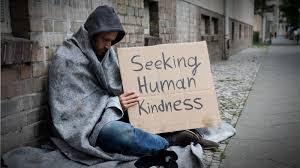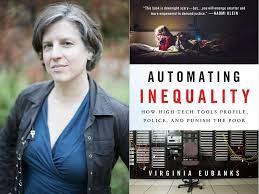 Automating Inequality is a book by local researcher Virginia Eubanks; I attended a talk she gave. The focus was upon three initiatives ostensibly aimed at using technology to improve delivery of social services to needy people — that in practice do the opposite.
Automating Inequality is a book by local researcher Virginia Eubanks; I attended a talk she gave. The focus was upon three initiatives ostensibly aimed at using technology to improve delivery of social services to needy people — that in practice do the opposite.
I’ve written about how it’s expensive to be poor in America — the many ways we actually penalize poverty. I discussed the criminal justice system actually preying upon the disadvantaged, extracting money from them.
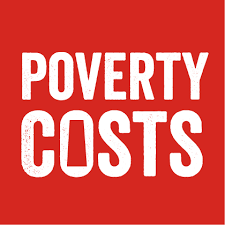
“Well, they’re mostly bad people,” remarked a guy sitting beside me at the talk. Referring to the poor. No, they are not mostly bad. They are mostly unlucky people — especially in their choice of parents. It’s easy to be smug if you’ve grown up with all the advantages (like me, and probably him). But if you’re born into lousy circumstances, there are huge obstacles (starting with rotten schools) to rising out of them, even if you are smart and responsible.
The bureaucrats in Eubanks’s reporting are mostly not bad people either. Most are well intentioned in trying to serve the public (somehow or other). Especially the “line workers” in actual contact with the disadvantaged people they’re tasked with helping. But it’s others who design the “advanced” systems she discussed.

The upshot was a million applications denied over three years. Mostly for some error in the process, often not the applicant’s fault. A notice of denial would give them ten days to fix the problem. Would the notice explain the problem? Nope!
Eubanks commented that the system couldn’t have worked better at kicking people off welfare if it had been designed to do exactly that.
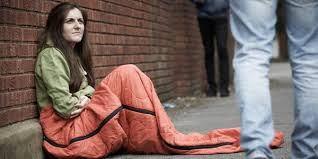
Seems like one giant Catch-22. It’s really a way to ration — however irrationally — available housing resources that can accommodate only a fraction of the homeless.
The third case study was the “Family Screening Tool” used by Pennsylvania’s Allegheny County; here the scoring is to identify children at risk for abuse or neglect, based on information collected by social service agencies, incorporating factors that correlate with such risk. A family’s high score makes an investigation mandatory.
What actually results is a big feedback loop. Even if that investigation shows no problem, the fact that it occurred goes into a family’s score going forward. And the scoring really fails to distinguish poor parenting from parenting-while-poor. Non-poor and, especially, white families don’t even go into the database. And the system has real consequences — it’s all geared toward taking kids away from parents, in the guise of protecting them. Poor and non-white families are at constant risk for this.
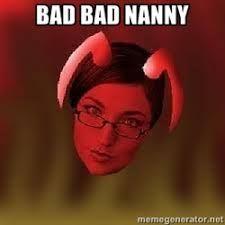
Our entire system of public benefits and social safety nets is a crazy quilt of bureaucratic complexity that costs us way more — supposedly to make sure people are entitled to what they receive — than if we just handed a check to everyone who asks. Likewise, simply giving every homeless person an apartment would cost far less than we actually spend, not only on bureaucracy, but on the costs of people being on the streets, which include police, courts, and constant emergency interventions.
The system reflects our fundamental societal schizophrenia between, on the one hand, recognizing an obligation to help the needy and, on the other, seeing them as unworthy moochers (like that guy sitting next to me did).
